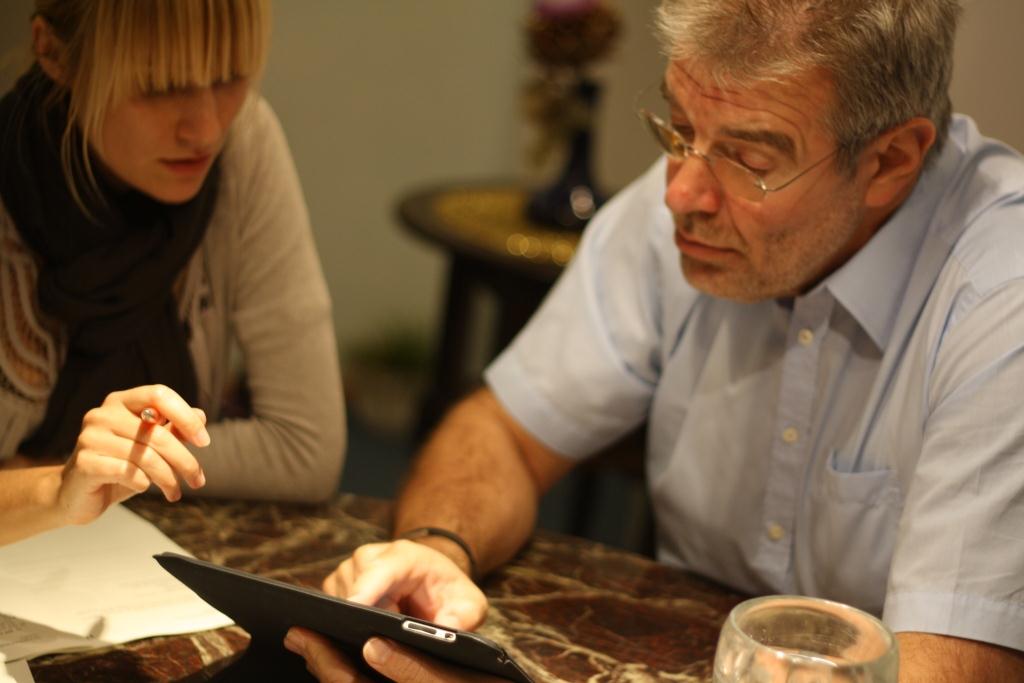Wir haben leider kein passendes Ergebnis gefunden.
Effectively design personal conversations with the user


Choosing the right question in the right situation
UX research is all about the user: Is it easy for him to navigate the website? Can he use the website without any problems? Is the information presented in a comprehensible way and easy to find? These and other questions can best be answered in a personal conversation with the user, e.g. through UX tests or in-depth interviews. However, good results can only be achieved if the user is asked the right questions. Depending on the objective, different types of questions are best suited.
Choosing the right question in the right situation
If you want to clarify concrete facts, closed questions are best suited. The user chooses one of the predefined response options that applies to him or her. For example, customers and non-customers can be identified very quickly.
Examples: Have you already used the Facit Digital website? Which of the following car brands do you know, at least by name?
To obtain an evaluation, all kinds of "how" questions are appropriate. The user is free to tell what he thinks of a website or feature without being led in one direction by predefined response categories.
Examples: How is your first impression of this website? How do you feel about the process of buying this product on the website?
With a request for narration, the user can be asked to describe a situation from his point of view. Thus, one gets a good insight into the individual journey and the pain points of the user. If necessary, an existing narrative can be kept running by asking further questions.
Examples: Please tell me how the financing of your new laptop worked out. What happened next?
Users often use their own language. If you as an interviewer have not understood the meaning of something, you should check these ambiguities again. It is important not to offer the user your own interpretation but to ask him or her openly and unaided.
Examples: What did you mean when you said "The switch is broken"? What do you mean by “switch”?
It may happen during the interview that the interviewer offers his own interpretation of the user's statements. In this way, one's own hypotheses can be confirmed or rejected and the interpretation can initiate further discussion. In order to give one's own interpretation, one can repeat a particular quote of the user (mirror), paraphrase his statement or summarize a longer pause of the user by evaluating it.
Examples: "The website seems totally cheesy, that is nothing for me! – ‘Cheesy’, you say?" "The colors are depressing. - Are the colours too dark for you?" "So, the size of the product images is your main point of criticism?"
With these question types the interviewer can effectively manage the personal conversation with the user and find out exactly what he wants.

Susanne Böck
Susanne is UX Consultant at Facit Digital. It's all about the mix: In addition to her good feeling for numbers, she also finds it easy to empathize with users. She uses a wide range of qualitative and quantitative methods and thus supports her clients in aligning themselves with user needs in the best possible way.